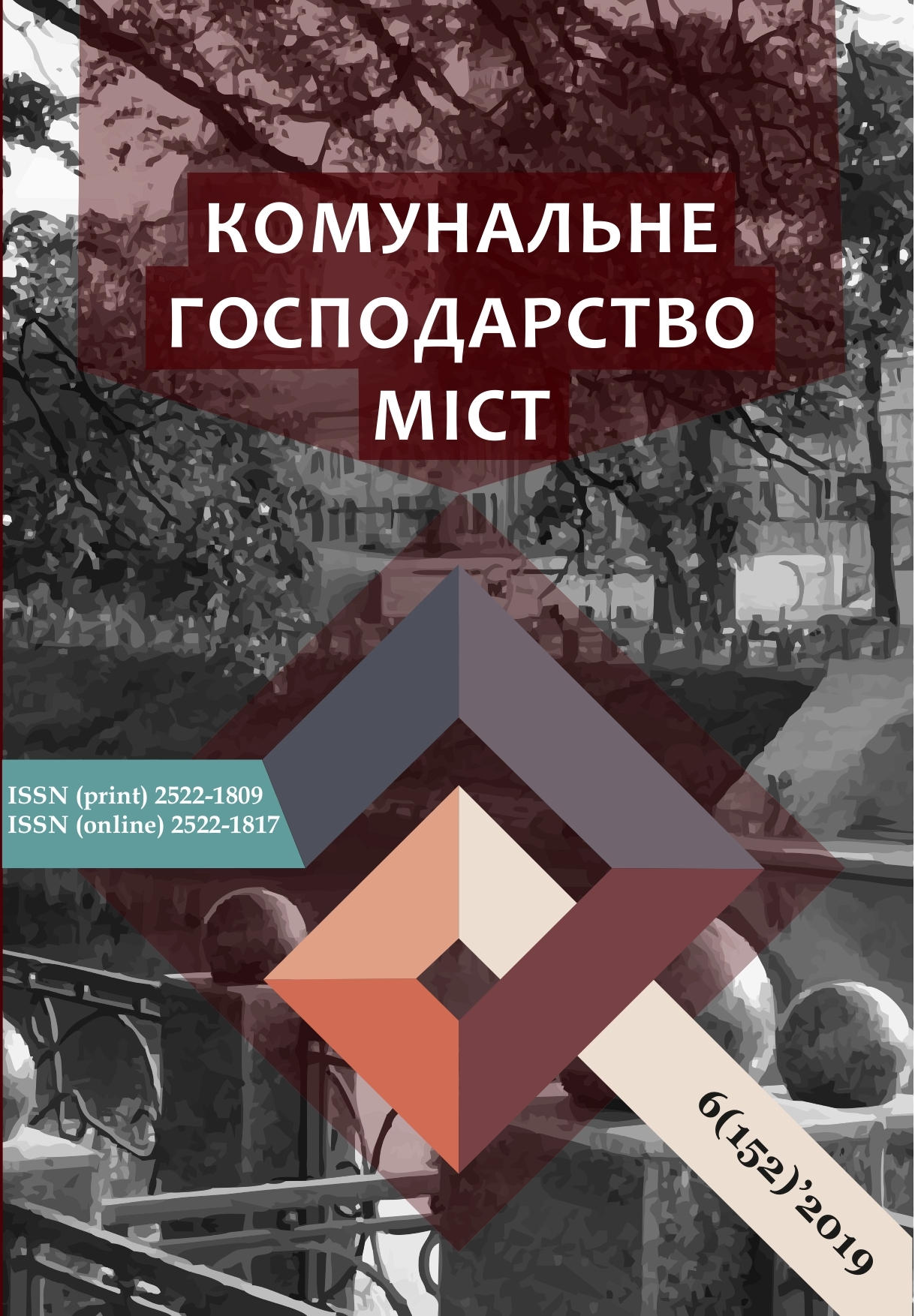METHOD OF CALCULATING THE VALUE OF HEATING A APARTMENT IN A DWELLING HOUSE
Array
Keywords:
distribution of heat consumed by the house, heat transfer of radiators, share of heat consumedAbstract
A known method of calculating the cost of heating an apartment in an apartment building with an all-purpose heat meter is that the indicators of the home counter are distributed according to the heating area of the apartments.
Its disadvantage is that in different apartments owners have installed different heating radiators with different number of sections, some owners are heating loggias, arranging "warm" floors. In addition, the flows of coolant on different risers also differ. The above factors indicate that the distribution of payment for the heat consumed according to the heating area is not correct and fair.
We have proposed a method of calculating the cost of heating an apartment in an apartment building with a common heat meter based on the calculation of the heat consumed by each apartment, which is fair and encourages homeowners to save heat.
This method is used by the following method. Based on the decision of the residents of the house, an inventory of the heating system of the house during the heating period is carried out. Representatives of the ZhEK or ACMH administration and the engineering service bypass all apartments, determine the type of radiators and the number of sections in each room and determine the temperature head or the average surface temperature for each radiator. Operationally, this is easy to do with a laser pointing infrared pyrometer.
The heat output of each radiator is determined on the basis of the data obtained. Then determine the total heat transfer in each apartment and the proportion of thermal energy of the house consumed by the apartment.
In this method, the heat losses in the inlet pipelines are apportioned to the apartments according to the fraction of consumed thermal energy and not according to the area that is fair.
References
The Law of Ukraine "On Commercial Accounting for Thermal Energy and Water Supply", No. 2119-VIII dated 22.06.2017.
Gerashchenko, O.A. (1971) The basis of thermometry. -K .: Naukovaya opinion, 192.
Malyarenko, V.A. (2006) Fundamentals of Thermal Physics of Buildings and Energy Saving. Kharkov SAGA, 484.
Mikheev, MA, Mikheeva, I.M. (1973) The basics of the heat transfer-dachi. -M .: Energy, 334.
Malyarenko, V.A., Nemerovsky, I.A. (2008) Energy saving and energy audit: A manual.-Kharkiv: KNAKH, 253.
Krasnov, VA (2008) Pat. RF № 71378 Device for the calculation of heat energy in heating systems. Bulletin of Inventions, 7.
Calculation of heating radiators (n.d.) AquaGroup. Retrieved from http://aquagroup.ru/articles/raschet-radiatorov-otopleniya.html
Heating and ventilation of your home (n.d.) Retrieved from https://otivent.com/sravnenie-radiatjrov-otoplenia-po-teplo
DSTU EN 835: 2007 Heat flow meters for determination of heat transfer Retrieved from https://e-in.com.ua/uk/news/ustanovka-lichylnykiv-tepla-v-kvartyrakh-z-vertykalnoyu-rozvodkoyu/
Downloads
Published
How to Cite
Issue
Section
License
The authors who publish in this collection agree with the following terms:
• The authors reserve the right to authorship of their work and give the magazine the right to first publish this work under the terms of license CC BY-NC-ND 4.0 (with the Designation of Authorship - Non-Commercial - Without Derivatives 4.0 International), which allows others to freely distribute the published work with a mandatory reference to the authors of the original work and the first publication of the work in this magazine.
• Authors have the right to make independent extra-exclusive work agreements in the form in which they were published by this magazine (for example, posting work in an electronic repository of an institution or publishing as part of a monograph), provided that the link to the first publication of the work in this journal is maintained. .
• Journal policy allows and encourages the publication of manuscripts on the Internet (for example, in institutions' repositories or on personal websites), both before the publication of this manuscript and during its editorial work, as it contributes to the emergence of productive scientific discussion and positively affects the efficiency and dynamics of the citation of the published work (see The Effect of Open Access).

